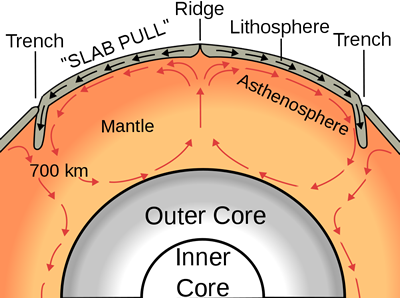Module 1: The Sea Floor Assessment
 As an assessment of your learning in this lesson, complete the following critical thinking questions and submit via Blackboard. Please click the link, Assessment: Module 1: The Amazing Sea Floor to download the assessment questions. You may use internet resources to assist you in finding your answers. Please remember to save the document periodically.
As an assessment of your learning in this lesson, complete the following critical thinking questions and submit via Blackboard. Please click the link, Assessment: Module 1: The Amazing Sea Floor to download the assessment questions. You may use internet resources to assist you in finding your answers. Please remember to save the document periodically.
- Plate tectonics works today in the same way as it has in the past. With this in mind, predict which oceans are currently growing and which are currently shrinking. Explain your answer.
- Why are most oceanic trenches found in the Pacific Ocean?
- Scientists who study forms of marine life that lived more than 500 million years ago do not obtain their fossils from the sea floor. Instead, they typically find them on areas that were once under water and have since been uplifted onto the continents. Why would they not use/find fossils of this age under water?
- List the major pieces of evidence for the theory of plate tectonics.
Photo Attribution
Description: Shows how ocean ridges are formed, lithosphere subducted at trenches; good for understanding plate tectonics.
Source: Wikimedia Commons


 As an assessment of your learning in this lesson, complete the following critical thinking questions and submit via Blackboard. Please click the link,
As an assessment of your learning in this lesson, complete the following critical thinking questions and submit via Blackboard. Please click the link,